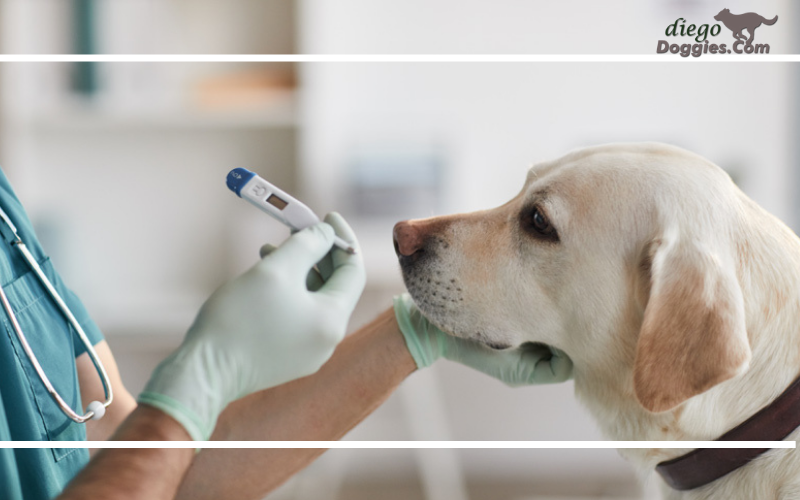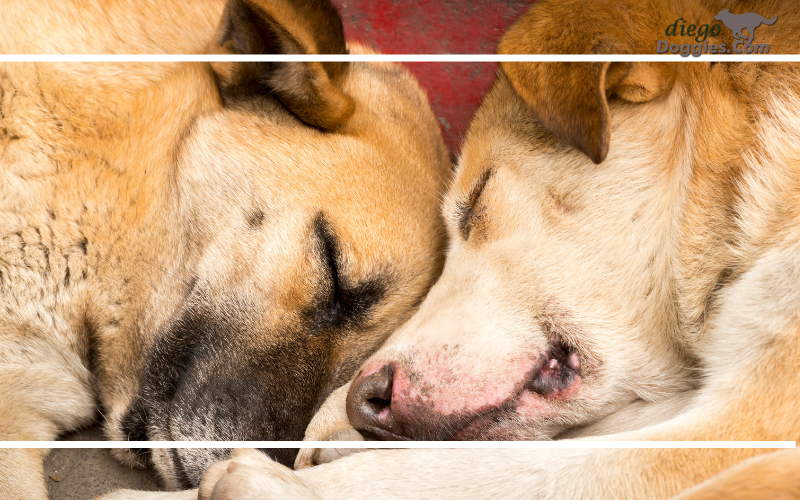Avoiding dog heatstroke is important for every dog owner during hot summer days. Dogs are warm-blooded animals just like us humans, but their heat-regulating mechanism is not as efficient as ours. Conservation of body heat is more important to dogs when they are out in the wild, so they are poor at releasing heat from their body. Consequently, they are more prone to heatstroke in hot weather.
It is important for a dog owner to know the situations that put the dog at risk of heatstroke to avoid them. Recognizing the symptoms of heatstroke is important as well because it can progress to a life-threatening condition if remedial steps are not taken.
Check the Atmospheric Conditions
You should keep track of the outdoor temperature. Having a good idea about it will alert you to the possibility of heatstroke and help you decide whether allow your dog out of the house. Sometimes, the sun may he beating down on the yard even if the general temperature is not extremely high. This again can put the dog at risk if ample shade is not available.
Check the Activity Level of The Dog
When external conditions are likely to put the dog at risk of getting overheated, you should watch him closely for early signs of heatstroke. Level of activity is a good indicator, although not a reliable one.
Your dog may be overactive to begin with, but the heat will zap his energy and he will start to become lethargic. Reporting these changes will help the veterinarian make the correct diagnosis in case of an emergency.

Check the Dog’s Temperature
When it is hot outside or when the dog seems to be exhausted, it is a good idea to check his temperature often. The normal rectal temperature reading for a dog is between 99.50 F to 102.50F. If it is above 1030F, you can take it that the dog is overheated and is at risk of heatstroke.
You should take immediate steps to bring down the temperature and watch out for worsening symptoms. If you find your dog to be running 1050F or more, he is suffering from a life-threatening heatstroke. Rush him to the veterinarian immediately.

Relieving Heatstroke in Dogs
If you spot the early signs of heatstroke, you should take immediate steps to relieve the condition. Move the dog to a cooler location, preferably to the air-conditioned interiors of your home.
If you are in an outdoor setting, take him to a shaded area or create shade with an umbrella or whatever material is available. Fan him and give him cold water to drink. This will help cool his body.
But allow only small amounts of water at a time because a dehydrated dog may drink greedily, resulting in water intoxication. Restrict the movement of the dog, but do not cover him with anything or crowd around him.
Good airflow is important to help carry the heat away from the dog’s body. Watch out for dangerous symptoms of heatstroke such as breathing difficulty or unresponsiveness in the dog. They necessitate immediate medical intervention.
Related Content
How a Dog Microchip Works
How to Avoid Traumatizing Your Dog When You Move
How to Get Rid of Fleas on Your Dog
San Diego Dog Park Safety Tips, Training, and Dog Accessories

1 thought on “How To Avoid Dog Heatstroke”